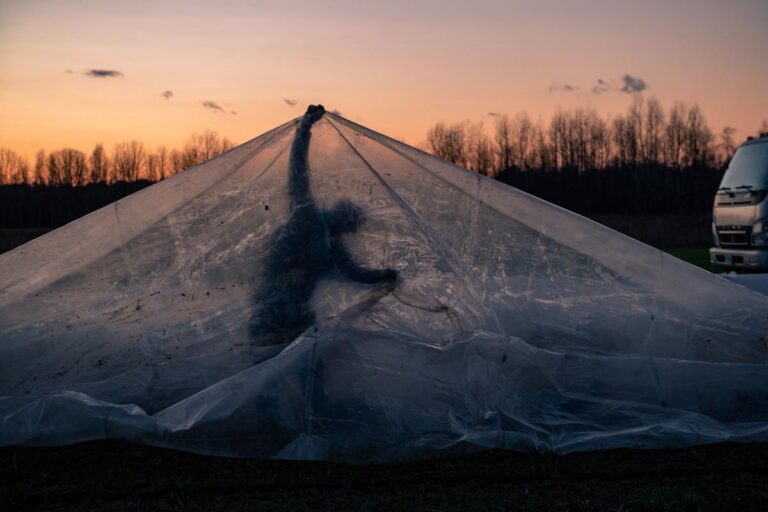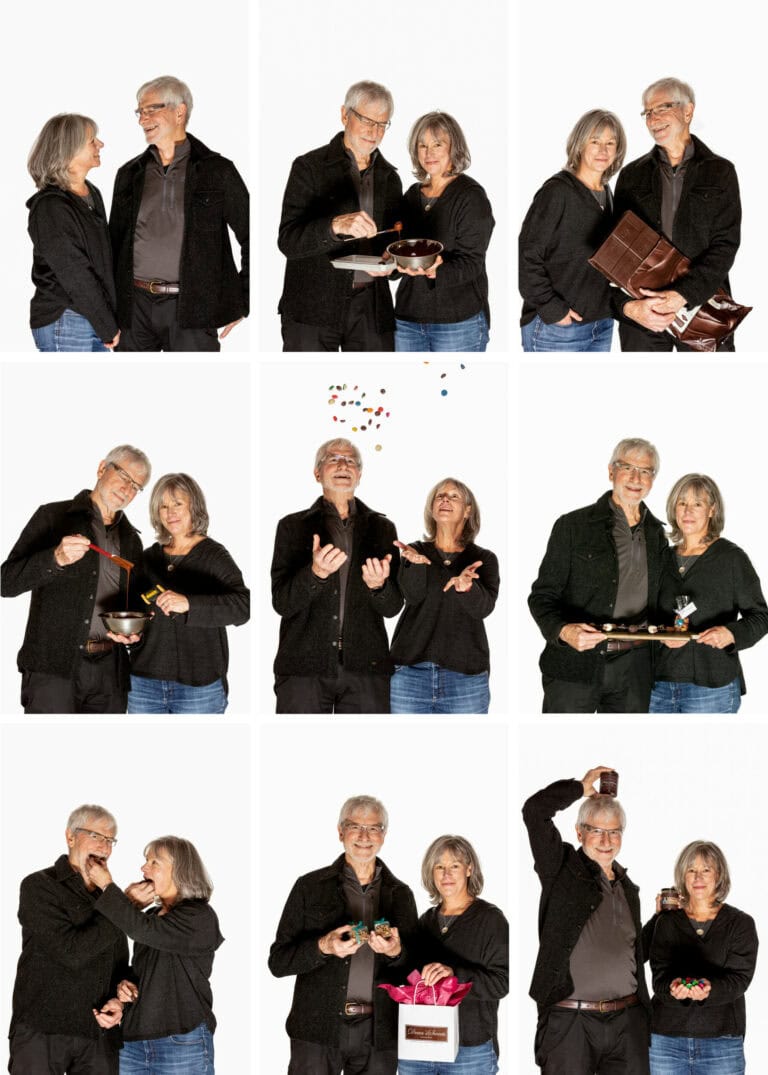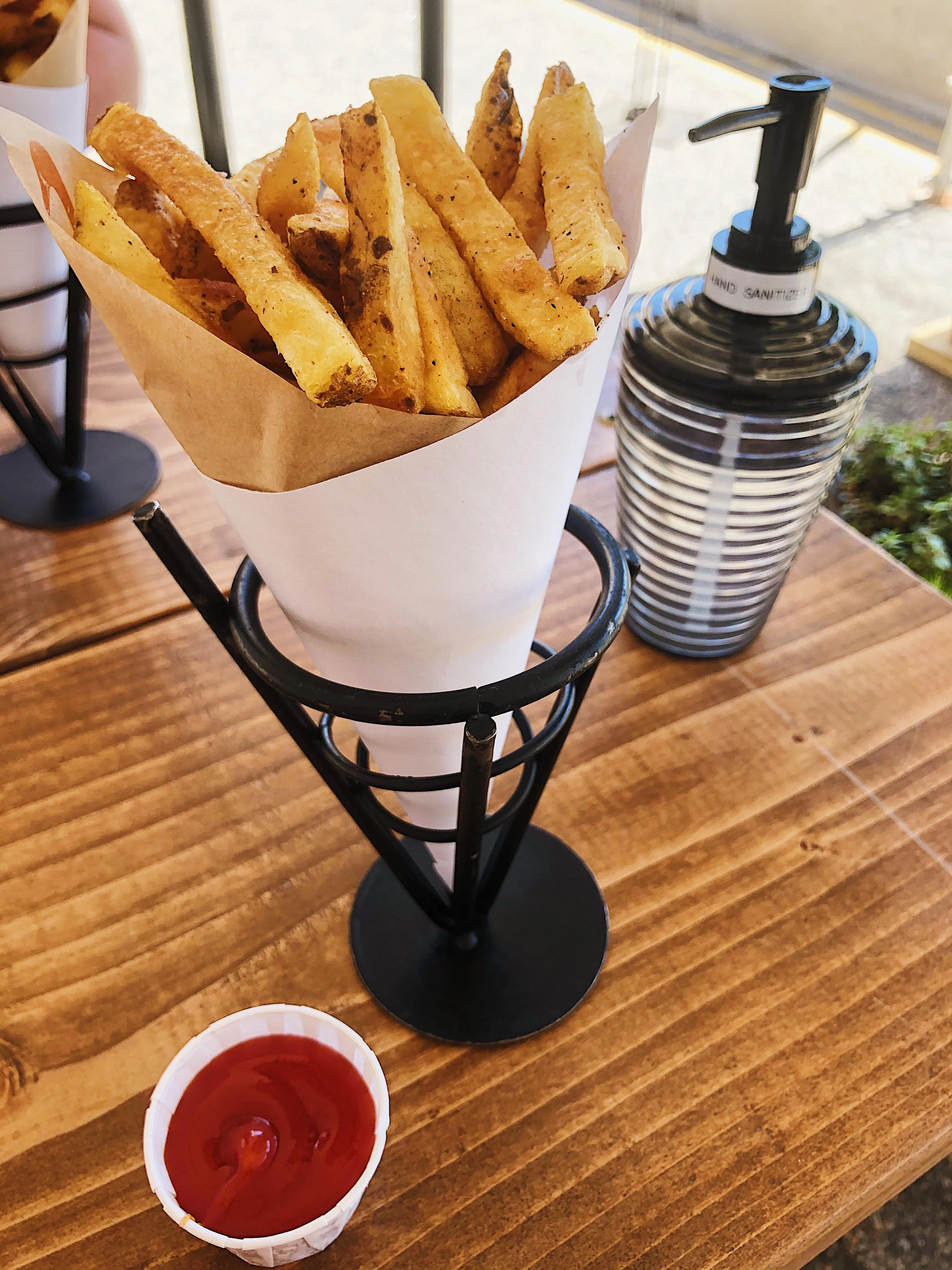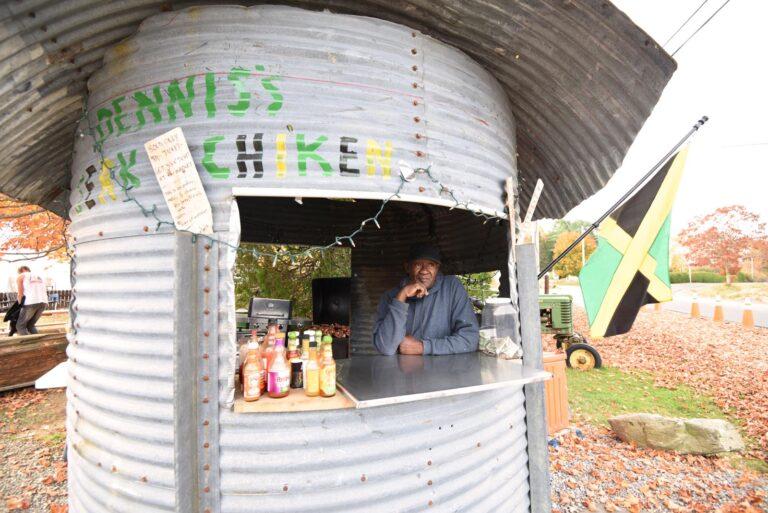We’ve talked a lot about cannabis and how it plays into the products I love to create. (If you missed those discussions, looking back at earlier stories in edible MAINE will fill you in.) But let’s shift focus to another botanical marvel—the cacao tree, which has been casting its spell for centuries. Here in the U.S., we collectively devour more than 2.8 billion pounds of chocolate each year. Candy bars get the lion’s share, but there are endless ways for chocolate to find a place in our pantries.
I admit that before I entered the pastry world, I was clueless about the subtle (and not-so-subtle) differences among chocolate products. One holiday season, I decided to save a few bucks by picking up some bargain “coating chocolate” wafers for chocolate chunk cookies. The result? Waxy, chalky chips that no one wanted to eat.
You don’t have to make my mistakes—or go to culinary school, for that matter. Consider this your mini-guide to choosing chocolate. Keep it handy the next time you’re in the baking aisle, ready to tackle those homemade brownies or decadent truffles.
First, a Quick Lesson in Chocolate Origins
There’s enough to say about chocolate cultivation and processing to fill a book, but let’s start with the essentials: Chocolate begins with the seeds of the cacao tree. Known as cocoa beans, these seeds are harvested when ripe, then fermented, dried, and roasted. Inside their shells are nibs, which are ground into a paste called “chocolate liquor” (not the cocktail kind). This chocolate liquor contains both cocoa butter and cocoa solids, and the FDA uses the proportion of these to define the percentage that you’ll see listed on chocolate products.
The variety of products derived from a single plant always amazes me. Now that we’ve covered the basics, let’s dive into the types of chocolate you’ll encounter on store shelves and how best to use each.
Milk Chocolate: The “Eating” Chocolate
First concocted in Switzerland in the late 1800s, milk chocolate is known for its creamy, mellow flavor, making it the top choice for snacking. By FDA standards, milk chocolate must contain at least 10% chocolate liquor, plus dairy and sugar, giving it a softer texture and a sweeter taste than dark chocolate. It’s an excellent pick for bar chocolate and fudge, but be mindful of the added sugar—pairing it with an already sweet dessert can easily send things over the top.
Dark Chocolate: The “OG”
Dark chocolate, dating back to 1500 BC, is the original. It comes in two main varieties: semisweet (around 60% cocoa) and bittersweet (typically closer to 70%), each delivering a progressively bolder, more bitter taste. Both types shine in baking—think brownies or ganache. For the record, my favorite Pot + Pan Baking Bar is a bittersweet 70%.
Cocoa Powder: The Devil’s in the Details
Cocoa powder is made by grinding cocoa beans and extracting most of the cocoa butter. There are a few types, and choosing the right one is more important than you’d think.
- Dutch process: Alkalized to reduce acidity, giving it a smooth, mellow flavor and a reddish tint. It’s a staple in red velvet cake.
- Black cocoa: A super-dark, highly alkalized version of Dutch process cocoa, famously used in chocolate sandwich cookies.
- Natural cocoa powder: Unprocessed, more acidic, and lighter in color.
It can be a bit confusing, but here’s the takeaway: For recipes that use baking powder, go with Dutch process; for those using baking soda, stick with natural cocoa powder. Recipes without either can use either type.
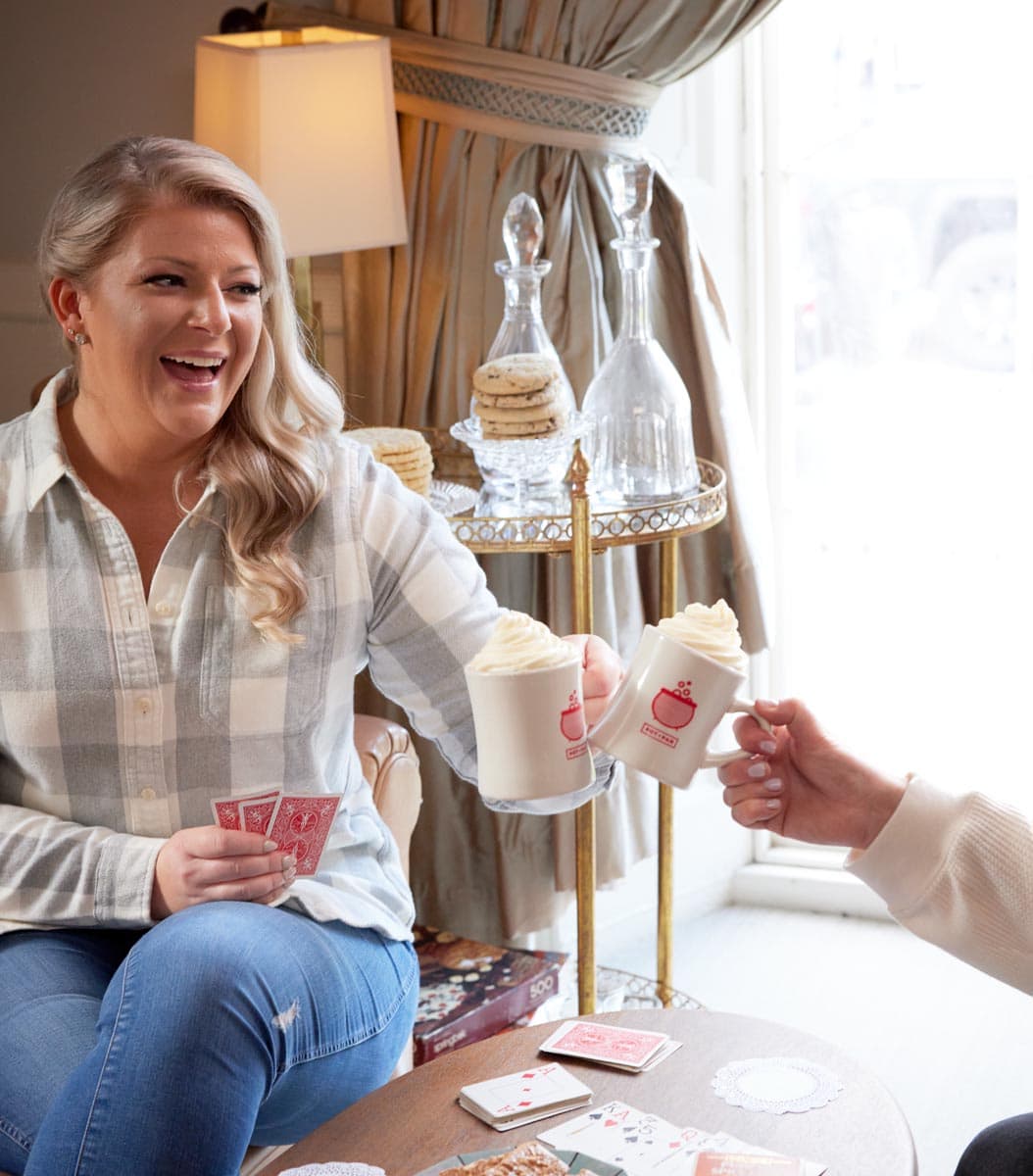
Cocoa Butter
Extracted from cocoa beans, cocoa butter is the fat used to make chocolate bars. It’s also a vegan substitute for butter and appears in skincare products everywhere.
Cocoa Nibs: Nature’s Chocolate Chips
Cocoa nibs are small, crunchy pieces of dried cocoa beans with no added sugar. They add a natural chocolatey bite to oatmeal, smoothies, trail mix, or cookies.
Coating Chocolate: The “Wannabe”
Don’t be fooled—coating chocolate, which uses vegetable oils instead of cocoa butter, is no match for the real deal. It doesn’t need tempering, which makes it convenient for cake pops or decorative drizzles, but it’s waxy and lacks the rich flavor of authentic chocolate. Use sparingly.
White Chocolate Is Chocolate
Contrary to popular belief, the FDA considers white chocolate “real” chocolate as long as it contains at least 20% cocoa butter and 14% milk solids (and no more than 55% sugar). Unlike its darker counterparts, white chocolate has no cocoa solids, which gives it a sweet, creamy texture perfect for cookies and ganache. It’s also a versatile base for creative flavor combinations, and yes, it’s one of my favorites!
And just like that, you’re ready to approach chocolate with the expertise of a pro. Keep an eye out for more tips—I’ve got plenty in store. Until then, happy baking and making! Follow along on Instagram (@cheftaracannaday) for a peek at my latest chocolatey experiments.







